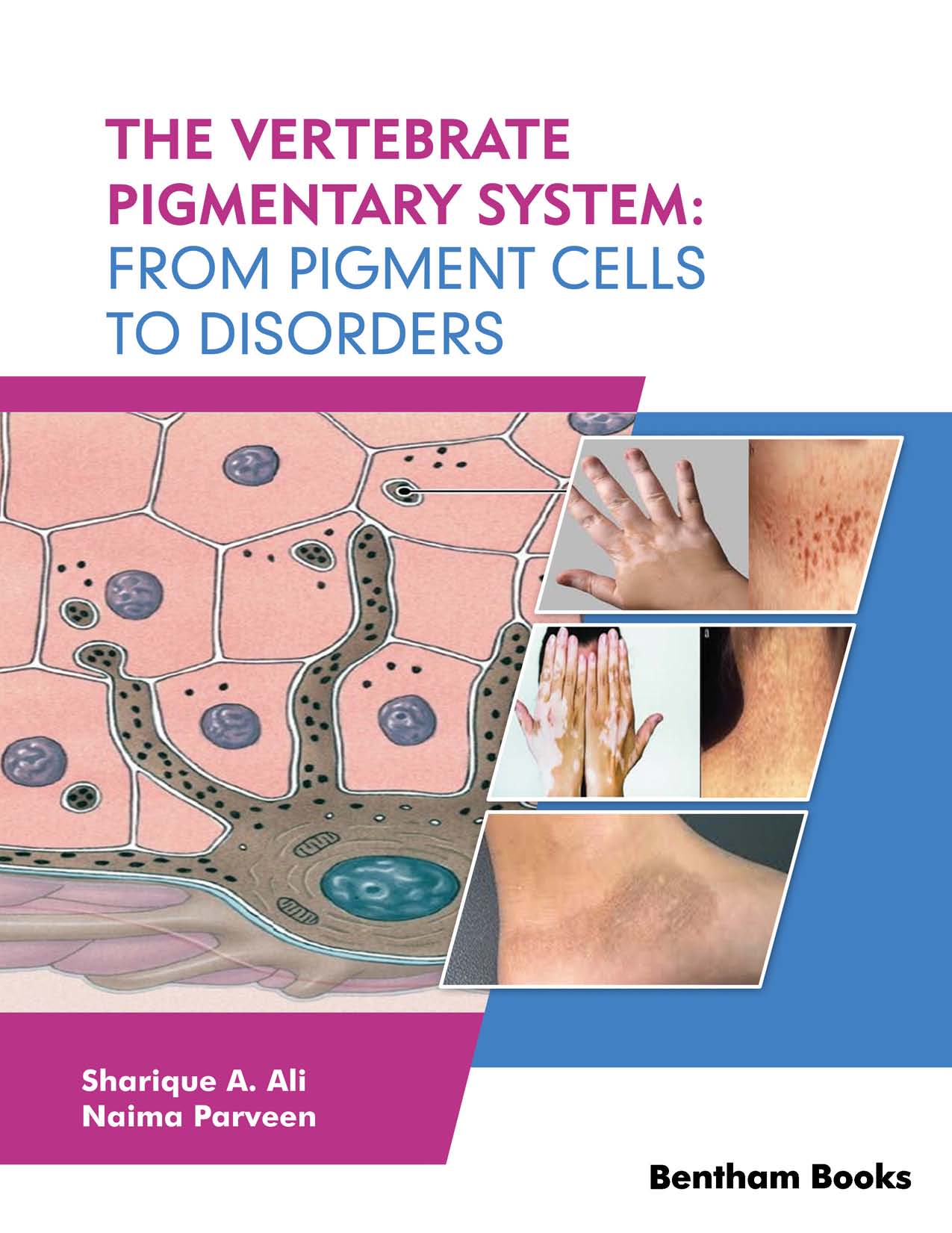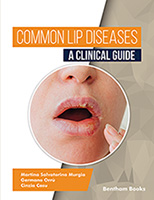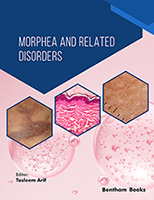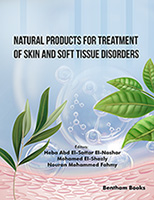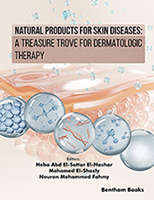Although various vertebrate classes, from fishes to mammals are each distinctive but they possess many common features from phylogenetic point of view, making it important to understand their comparative biology. One general feature that has long commanded scientific attention is the integumental pigmentary system. Due to this, one can see the butterflies, fishes and birds with striking colors, along with the human beings showing different skin tones. This is due to the presence of a chemically inert and stable pigment known as melanin which is formed inside the melanosomes within the melanophores or melanocytes. Alteration in any structure and function of the pigmentary cells in mammals including human beings, affects the process of melanogenesis, which may lead to pigmentary disorders including hyperpigmentation or hypopigmentation. Vitiligo, albinism, post inflammatory hyperpigmentation, melasma, solar lentigos are some of the diseases of hypo and hyperpigmentation. Although many pigmentary disorders are mainly of cosmetic concern, the condition may be devastating and stigmatizing and can have a negative psychosocial impact on human life, requiring the clinician to be sensitive to the overall impact of the disorder and treat it accordingly.
Despite various treatment strategies, including noncytotoxic laser, topical formulations, chemical peeling and skin grafting practiced by dermatologists and cosmetologists, the impact of pigmentary disorders remains dreadful. In contrast to this, we have found significant advancement in this field of research using herbal products, demonstrating the growing interest of academic researchers and pharmaceutical companies in developing successful natural agents and their formulations for the treatment of pigmentary disorders.
In this book, ‘The Vertebrate Pigmentary System: From pigment cells to Disorders’, we intend to provide fundamental knowledge of the structural and functional aspects of vertebrate pigment cells from their origin to different stages of development along with their specific regulating receptors and markers. Signalling pathways of skin melanocytes along with the diseases in human beings associated with their disruption, have been discussed in detail. Concurrently, the etiologies of pigmentary disorders and the various therapeutic approaches for their treatment are the important chapters of the book with recent and updated information. Interestingly, the part of the book including potentials of natural products based treatment for hypo and hyperpigmentation will definitely captivate the readers to have interesting reads.
The outcome of the research is based on several decades of research in pigment cell biology in our laboratory. The book is exceptional from previously published volumes on different aspects of pigment cell biology as it contains updated information from the basics of pigment cells to the structure and function of normal cells and their consequent abnormalities with treatment options in a single volume. Hence, it is ideally suited as a basic guide for newcomers in the field of pigment cell biology, and a handy source of information for academicians as well as for practitioners in medical and industrial backgrounds.
We hope that the readers involved in research on pigment cells and their related disorders will find the chapters of the book valuable and inspiring so that they may elicit further research in pigment cells, pigmentary disorders and their treatment with natural plant based ingredients.
We wish to acknowledge the work of those at Bentham Science Publishers who patiently coordinated the production of this book. We are especially grateful for the timely efforts made by Ms. Salma Sarfraz (Senior Publication Manager, Bentham Science Publishers, UAE) to bring out this academic venture. Finally, we gratefully acknowledge our families and friends who, throughout this period, provided strong support, despite having to put up with our frequent absences and distractions.

